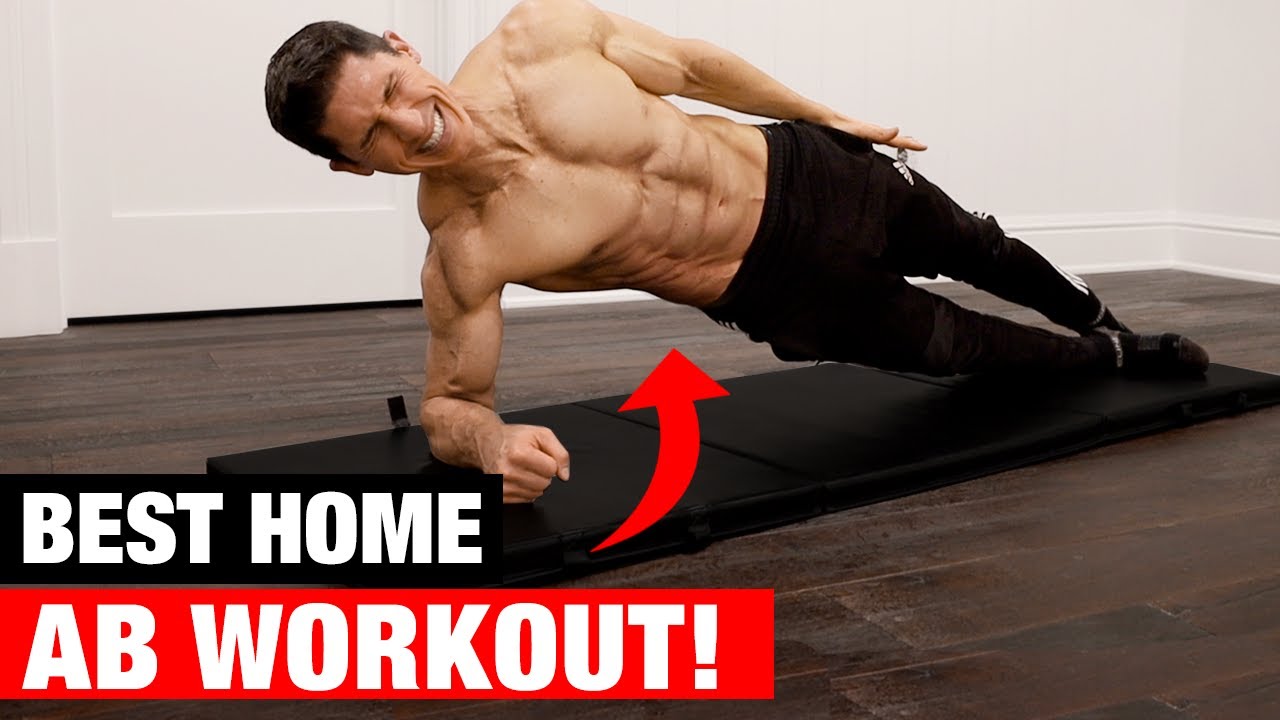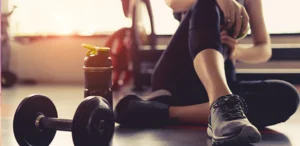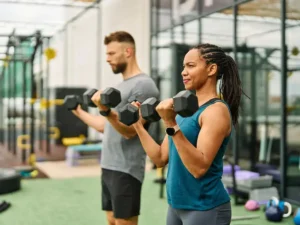Gone are the days of needing to go to an hour-long fitness class or a gym circuit to achieve quality exercise. Home workouts have become increasingly popular and can be just as effective.
Many short at-home workouts are more effective than long sessions and require minimal equipment.
HIIT (High-Intensity Interval Training) Workouts
HIIT training involves short bursts of intense activity followed by active recovery periods to quickly burn calories and build muscle. Because it’s so effective, HIIT workouts make an excellent solution for busy schedules or beginners looking to start exercising regularly. A general rule for intensity during HIIT exercises should be approximately 80% of maximum heart rate during each burst of activity.
HIIT training not only boosts metabolism and aids weight loss, but it can also preserve fast-twitch muscle fibers – which play an essential role in quick movements – as you age and their number begins to naturally decline through regular exercise. This becomes even more critical as muscle mass declines with age.
An effective HIIT workout must begin with a dynamic warm-up that involves stretching through each joint’s full range of motion while raising your heart rate. Jogging, marching in place, jumping rope or pedaling on a stationary bike are great examples. A cool-down that includes slow movements that decrease heart rate as well as stretching is also included at the conclusion of each workout session.
Created at home, this 10-minute high intensity interval training (HIIT) workout will increase your heart rate, build muscle and burn calories without needing a gym membership – it uses bodyweight exercises along with dumbbells or barbells for maximum results!
Stair Climbing Workouts
Stair climbing is a highly efficient cardio exercise that can help you burn calories while building leg and core strength. Plus, it requires no special equipment – plus sprints or interval training can quickly raise your heart rate!
Start small if you’re new to stair climbing: start by ascending two flights of stairs at a time, pausing between each climb for five or ten minutes to assess how you feel, gradually increasing the time each week until you can climb all of them without pausing or stopping halfway up.
Once you’re familiar with basic climbing motion, add in additional challenging moves to increase the difficulty. For example, try incorporating running up and walking down stair-climbing burst workouts, as well as ones that combine it with moves such as lunges, planks, squats or mountain climbers into a single workout program.
Stair climbing can work to strengthen both muscles and cardiovascular systems, according to Alexandra Lempke, PhD, clinical assistant professor of exercise science at the University of Michigan. Slower and steadier stair climbing such as walking or jogging will have greater cardiovascular endurance benefits while sprints provide anaerobic exercise that builds muscular power, says Lempke.
Bodyweight Workouts
Bodyweight workouts may seem like the ultimate last resort when exercisers cannot access their gym or lack equipment necessary for regular gym visits, yet gear-free training sessions can make a substantial impactful on strength, athleticism and muscle gain if performed correctly.
Bodyweight workouts are highly versatile, offering you flexibility when exercising at home or when travelling. Their convenience means they’re easy to incorporate into your hectic life without creating excuses for skipping workouts; plus they are often much less costly than paying a membership dues fee when traveling abroad.
Keep a workout journal to easily track your bodyweight workout progress and stay motivated, recording types of exercises completed, reps/sets completed and how your progress has changed over time. Use this information to compare yourself with friends and family. Additionally, bodyweight workouts have additional physical as well as mental benefits. As your brain releases neurotransmitters during these routines that reduce stress and promote clarity–which can come in especially handy when trying to tackle complex projects or unravel knotty work issues.
Yoga Workouts
Yoga may not raise your heart rate or build muscles like other forms of workout, but it can still help strengthen and tone the body. Furthermore, it’s an excellent choice for relieving stress while improving balance and flexibility.
Yoga can help you quickly achieve results when combined with other types of physical exercise, according to BODYATTACK, BODYPUMP and LES MILLS GRIT instructor Nikki Jones who teaches yoga. Yoga has the power to increase range of motion, encourage regular weightlifting sessions as well as help develop better posture.
“Yoga comes in many forms; the key is choosing which type is right for you,” according to she says. If you’re new to yoga, she suggests trying a gentle class such as Hatha yoga; for those interested in building strength and endurance training, higher intensity classes such as Vinyasa or Ashtanga might be more beneficial.
Yoga can be beneficial to most people, yet it has some risks that need to be considered before beginning a yoga practice. One such risk is injury if practiced incorrectly or too frequently; according to MD Anderson’s Cohen however, these injuries are relatively rare and don’t outweigh its many other advantages. If injuries concern you before embarking on your own practice routine – always consult your physician first!




